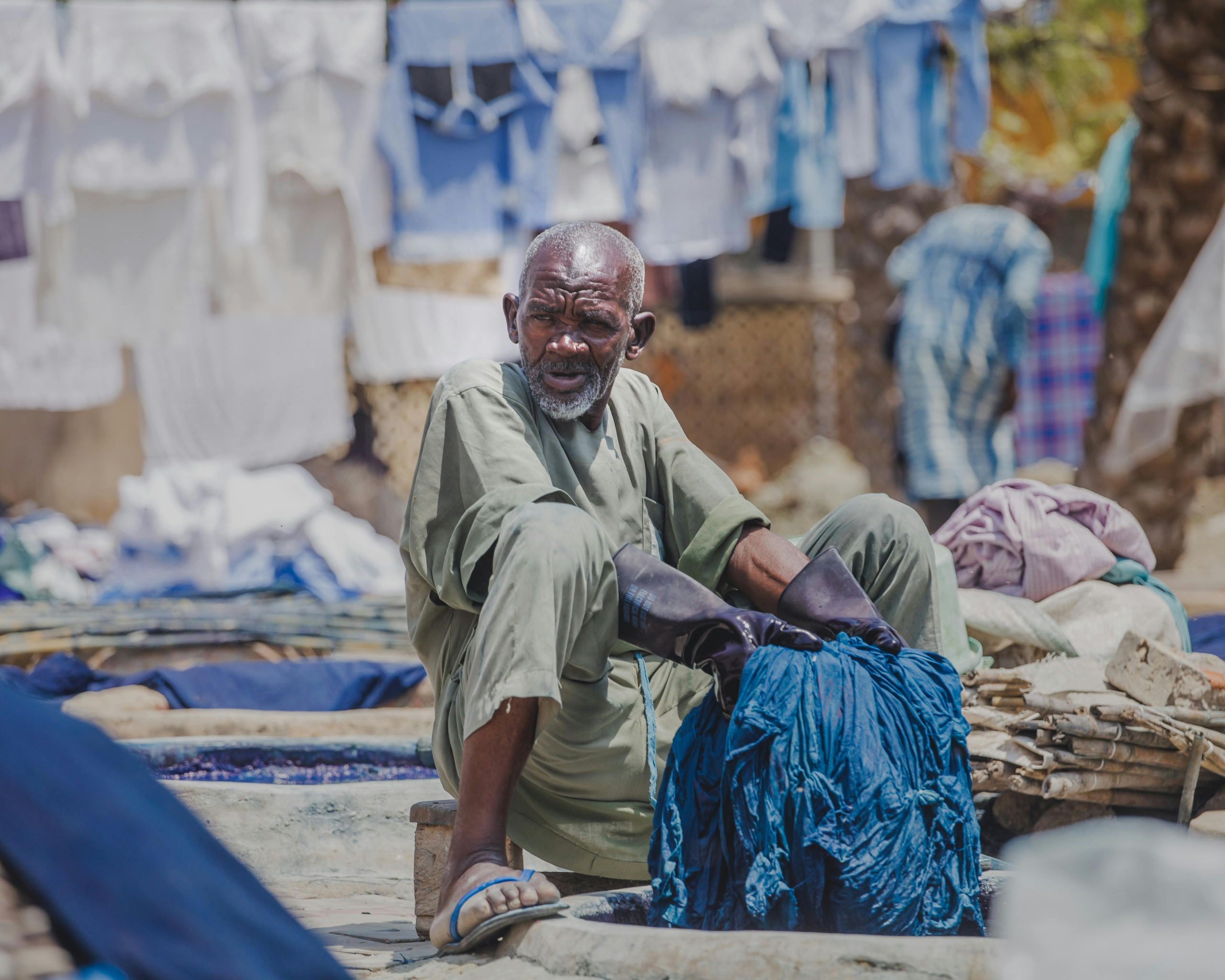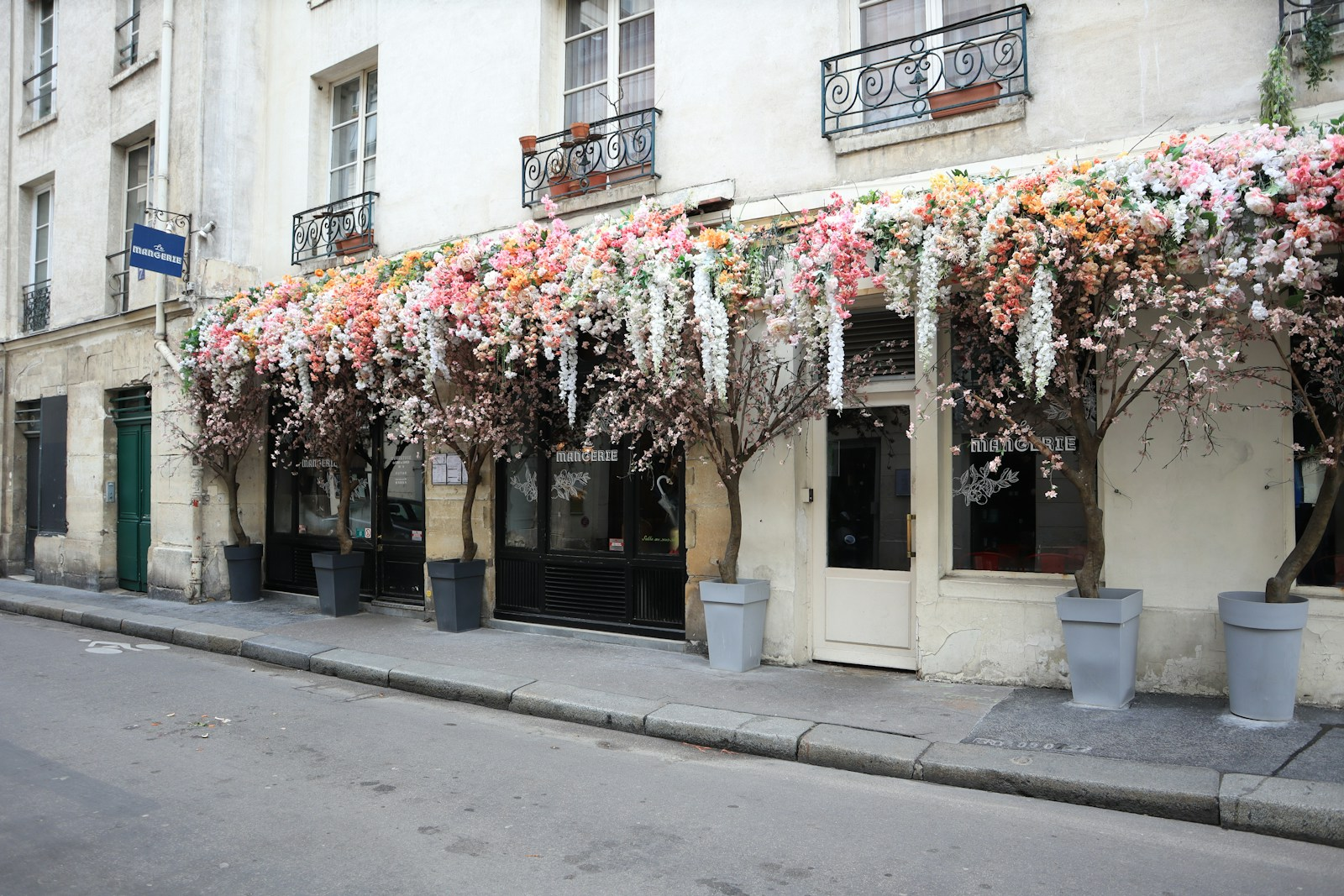The story of American indigo begins not in fashion houses but in the hands of enslaved Black Americans who have maintained centuries-old cultivation knowledge to South Carolina’s Sea Islands. This hidden foundation reveals how Gullah-Geechee communities created the economic backbone for America’s first major textile export, influencing everything from colonial trade to contemporary sustainable dye movements.
The Forgotten Foundation

When Black Americans were enslaved in the American colonies, they brought sophisticated agricultural and textile knowledge that colonists desperately needed but rarely acknowledged. The Gullah-Geechee people, descendants of West and Central Africans who settled in South Carolina and Georgia’s Sea Islands, possessed an intricate understanding of indigo cultivation that had sustained their ancestors for generations.
History books credit Eliza Lucas Pinckney with introducing indigo to colonial America. The real story is more complicated. While Pinckney promoted indigo as a cash crop, the actual cultivation knowledge came from enslaved Black African Americans who understood the intricate timing, soil requirements, and processing techniques that Europeans couldn’t master alone.

Economic Revolution
By 1775, South Carolina exported over one million pounds of indigo annually, making it the colony’s second-largest export after rice. This success created enormous wealth for plantation owners while establishing indigo blue as the foundation color for American textiles and fashion.
The deep blue dye became essential for military uniforms, work clothing, and fashionable garments across social classes. During the Revolutionary War, both British naval uniforms and American Continental Army clothing depended on South Carolina indigo.

Cultural Preservation
Despite centuries of marginalization, Gullah-Geechee communities maintained traditional indigo knowledge through family networks and cultural institutions. Master dyers like Mary Jackson and Arianne King Comer have dedicated their careers to reviving these practices.
The Penn Center on St. Helena Island serves as a crucial repository for Gullah-Geechee cultural knowledge, ensuring that indigo cultivation and dyeing remain living traditions rather than historical curiosities.
Modern Fashion Connections

The fashion industry’s growing environmental consciousness has renewed interest in natural indigo dyeing. Brands like Eileen Fisher, Patagonia, and Outerknown have explored natural indigo for collections, often acknowledging the historical knowledge systems that made such practices possible.
Japanese denim manufacturers like Momotaro Jeans and Pure Blue Japan have long used natural indigo, creating premium products while honoring traditional dyeing methods. These practices demonstrate how ancestral knowledge can enhance contemporary fashion value.
Recognition and Future Impact

The fashion industry’s relationship with Gullah-Geechee indigo knowledge reflects broader patterns of cultural appropriation and historical erasure. Progressive brands are developing more equitable partnerships with Gullah-Geechee artisans that include profit-sharing, cultural education, and community development.
As sustainability becomes central to fashion transformation, Gullah-Geechee indigo knowledge offers practical alternatives to environmentally destructive synthetic processes. However, meaningful change requires acknowledging cultural contributions and developing equitable partnerships rather than simply extracting traditional knowledge.
The hidden impact of Gullah-Geechee indigo reveals how cultural knowledge, economic exploitation, and environmental sustainability intersect. True progress requires not just adopting traditional techniques but recognizing and compensating the communities that preserved them through centuries of marginalization.




